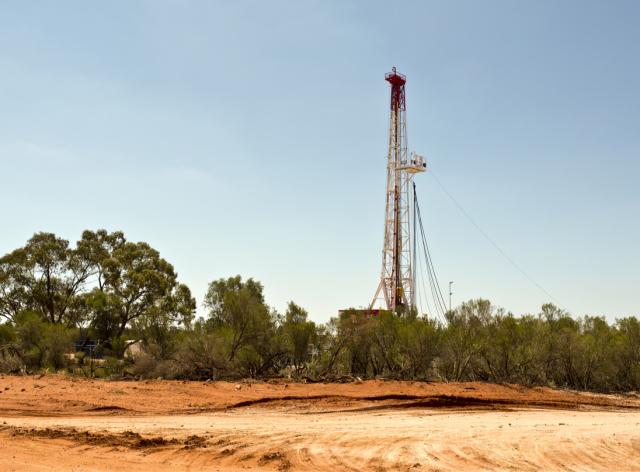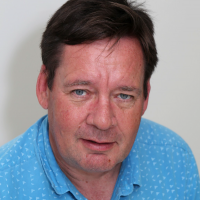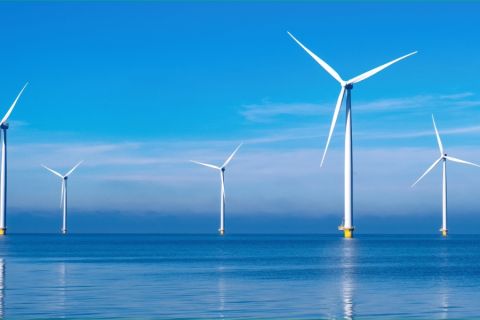
BRISBANE, Australia—Australia’s total discovery of hydrocarbons rose significantly year-over-year in 2018. Increased acreage awards also signaled a recovery from the dark years of evaporating exploration—albeit some distance off recent boom years of a brighter era.
This was revealed at the APPEA Conference in Brisbane yesterday, where David Spring, Senex Energy’s executive general manager for exploration, delivered the Petroleum Exploration Society of Australia Review for 2018.
With data compiled from IHS Markit, the Australian government and APPEA, Spring told the conference that seven onshore permits in Queensland and Western Australia, in tandem with offshore petroleum awards, had resulted in an increased 92,000 sq km of licensed areas in the exploration basket.
“This really did reverse a trend which commenced as far back as 2014,” Spring said. “In the Northern Territory, the moratorium on fracking was lifted, clearing the way for exploration and exploratory drilling, which continued an upward trend dating back to 2016—both in the numbers of wells drilled and as a percentage of those drilled worldwide.”
Total resources discovered was significantly up from 2017, at just under 400 million barrels (MMbbl) in 2018 comprising 18 onshore discoveries and two offshore discoveries, headlined by the Dorado-1 oil find drilled by Quadrant Energy and Carnarvon Energy in the Bedout Basin.
“In the 2018 petroleum acreage release 21 blocks were released, primarily in the North West Shelf, entailing 16 for work programs and five for cash bidding,” Spring said. “Onshore we had eleven that were released by the Queensland government in the Bowen/Surat Basin and a combination of conventional and coal seam gas blocks.”
Spring said two large relinquishments in the north and south Carnarvon basin by Total, as well as other less significant relinquishments in the Eromanga and Macarthur basins were offset by large tract awards in the Eucla, Canning and Officer basins in Western Australia, as well as the Bonaparte, Browse and Carnarvon Basins and the Cooper/Eromanga in Queensland.
“The big ones that increased the areas were in the Eucla, Officer and Canning basins, accounting for about 250,000 sq km of area under license, Spring said. “Offshore and onshore there had been a downward trend for about five years, which is just starting to swing up now, which is encouraging.”
Nevertheless, while the government was seeing encouraging signs of a recovery stimulated by interest in its blocks, Spring said areas under license were still 30% down from six years ago, “so we have still got some way to go.”
Seismic activity showed a “modest increase” from 2017, with 1,500 km of 2-D and 3,000 sq km of 3-D reflecting 2.4% and 3.9% of global acquisition respectively, Spring revealed.
“Most alarming for me; if we look back to 2010 and 2-D of 15,000 km and 3-D of 30,000 line km, once we were 6% to 7% of worldwide activity and at the moment 2%,” he said. “So really, it is a sad decline in 2-D seismic and 3-D is the same story. Some years we were getting 50,000 sq km, 90,000 sq km and on average about 30,000 at least and here we are down to 10,000.”
Exploration and appraisal drilling, however, showed a slight upward trend from 2017.
“Onshore continues to dominate the drilling and particularly the Eromanga Basin. There were 109 wells drilled in Australia (exploration and appraisal) last year, 104 onshore and five offshore, with 69 the Cooper-Eromanga Basin, so heavy lifting for Queensland and South Australia.,” Spring said.
RELATED ARTICLE: ConocoPhillips Strums An Investment Chord For Australia, Subject To Government Collaboration
Santos led drilling activity with 41 wells and 12 successes, followed by Senex Energy, Leigh Creek and Beach Energy with around 15 wells each.
“400 million barrels (oil equivalent) discovered for the year is a good result and particularly if you compare that to where we were in 2016-2017. It’s double the 2016 numbers, most of it oil and most of it offshore, in particular Dorado-1, weighing in with 280 MMbbl,” Spring said.
Earlier, Matthew Quinn, IHS Markit’s senior customer solutions adviser, revealed research had put Australia at number seven as a global ranking destination for onshore exploration and at number 15 for offshore exploration.
Quinn said the data—compiled from January 2015 to mid-May 2019—had also revealed that Australia was the only country to retain a top 20 ranking for both onshore and offshore exploration over the past four years.
Recommended Reading
US Interior Department Releases Offshore Wind Lease Schedule
2024-04-24 - The U.S. Interior Department’s schedule includes up to a dozen lease sales through 2028 for offshore wind, compared to three for oil and gas lease sales through 2029.
Mexico Presidential Hopeful Sheinbaum Emphasizes Energy Sovereignty
2024-04-24 - Claudia Sheinbaum, vying to becoming Mexico’s next president this summer, says she isn’t in favor of an absolute privatization of the energy sector but she isn’t against private investments either.
Venture Global Gets FERC Nod to Process Gas for LNG
2024-04-23 - Venture Global’s massive export terminal will change natural gas flows across the Gulf of Mexico but its Plaquemines LNG export terminal may still be years away from delivering LNG to long-term customers.
US EPA Expected to Drop Hydrogen from Power Plant Rule, Sources Say
2024-04-22 - The move reflects skepticism within the U.S. government that the technology will develop quickly enough to become a significant tool to decarbonize the electricity industry.




